NASA Spacecraft Runs Into Thruster Trouble En Route to Zillion-Dollar Asteroid
NASA's Psyche mission to visit a gargantuan asteroid that could be worth more than the entire world economy has hit a snag. On Tuesday, the space agency announced that engineers were investigating a sudden drop in fuel pressure in the Psyche spacecraft's electric propulsion system, which caused the thrusters to automatically shut off. While the mission team could send the command to fire the engines back up, it's chosen to defer thrusting while engineers try to troubleshoot the pressure decrease, NASA said. "The mission design supports a pause in thrusting until at least mid-June before the spacecraft would see an […]


NASA's Psyche mission to visit a gargantuan asteroid — worth, according to some estimates, more than the Earth's entire world economy — has hit a snag.
On Tuesday, the space agency announced that engineers were investigating a sudden drop in fuel pressure in the Psyche spacecraft's electric propulsion system, which caused the thrusters to automatically shut off. While the mission team could send the command to fire the engines back up, it's chosen to defer thrusting while engineers try to troubleshoot the pressure decrease, NASA said.
"The mission design supports a pause in thrusting until at least mid-June before the spacecraft would see an effect on its trajectory," NASA said in a release. "The electric propulsion system has two identical fuel lines, and the team may decide to switch to the backup fuel line to resume thrusting."
Launched in October 2023, Psyche spent months coasting off the momentum from a rocket boost to beyond the orbit of Mars, before finally firing up its advanced solar electric thrusters the following May.
According to NASA, this latest issue arose in very early April of this year, when the spacecraft's onboard system detected a pressure drop in the xenon gas fuel line to the thrusters, dipping from 36 pounds per square inch to 26 pounds per square inch. This, as designed, automatically triggered the spacecraft to shut off the propulsion system.
Until we hear more from the mission engineers, there's no way of telling how serious the issue is. But odds are it's relatively trivial — snags like these crop up all the time in space missions, and there's still the backup fuel line should anything prove to be seriously wrong.
"This kind of thing happens and that's why we build redundancy into our missions," Louise Prockter, director of NASA's planetary science division, said at a meeting of a Mars exploration panel Wednesday, per SpaceNews. "We don't have any concerns at the moment about it but we're obviously keeping tabs on it."
Psyche's main body is just 16 feet long. But its impressive solar panels, when unfurled, are over 80 feet wide and 800 square feet in area — the largest ever deployed by NASA's Jet Propulsion Laboratory. These provide a steady source of power to the spacecraft's scientific instruments and its four thrusters, which use electromagnetic fields to ionize the normally inert xenon gas fuel, forcing the charged atoms outward to produce thrust.
It's a tiny amount of thrust — just 240 millinewtons, or roughly the force of holding a single double AA battery in your hand — but it's incredibly efficient. And it needs to be: the spacecraft's destination, the Psyche asteroid (sometimes referred to as 16 Psyche), orbits up to 309 million miles away from the Sun, or about three times the distance between the Earth and our star, sandwiched between the orbits of Mars and Jupiter.
Scientists are intrigued by the asteroid because it's incredibly metal-rich, if not more metal than rock. It's also one of the largest known asteroids in the entire solar system, spanning some 173 miles wide and 144 miles long — comparable in size to the entire state of Maryland. With some dreaming of asteroid mining, that colossal payload of metal has led to estimates of the space rock being worth north of $10,000 quadrillion, though of course retrieving any of that cache would be unimaginably complex.
Projected to arrive in 2029, the Psyche spacecraft will study the asteroid to determine its metallic composition, taking pictures to send back home and mapping its craggy surface. It won't kickstart an asteroid mining gold rush, but it will hopefully tell us where the asteroid came from. Is it an iron-rich planetesimal, an exposed core that has the potential to form a planet? What NASA scientists find could tell us more of our own planet's origins.
More on Psyche: NASA Shows Off Spacecraft Visiting $10 Quintillion Asteroid
The post NASA Spacecraft Runs Into Thruster Trouble En Route to Zillion-Dollar Asteroid appeared first on Futurism.

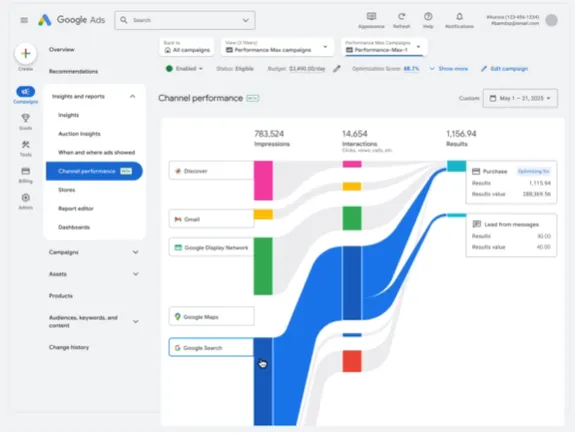





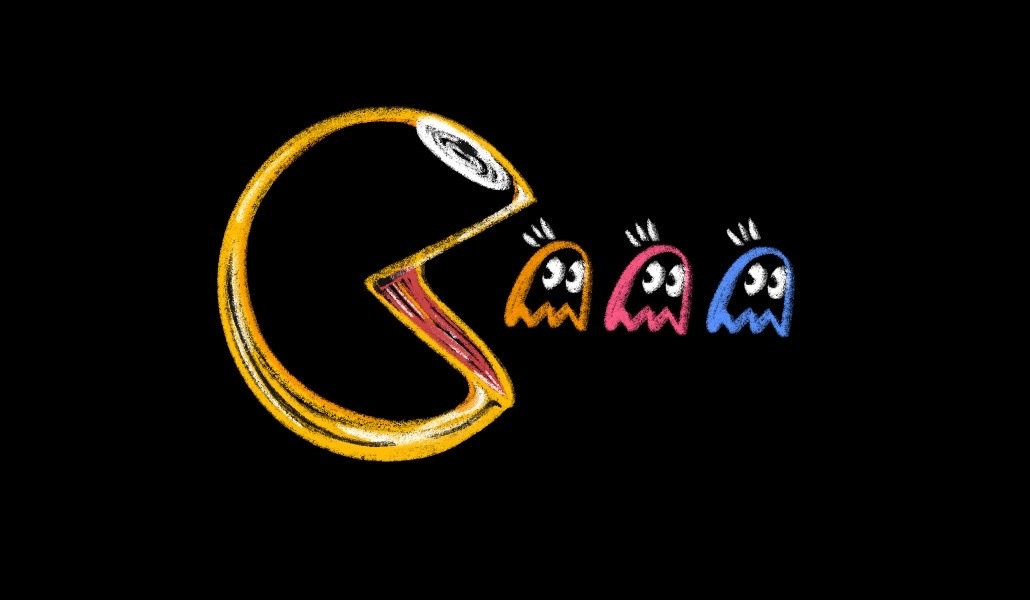


































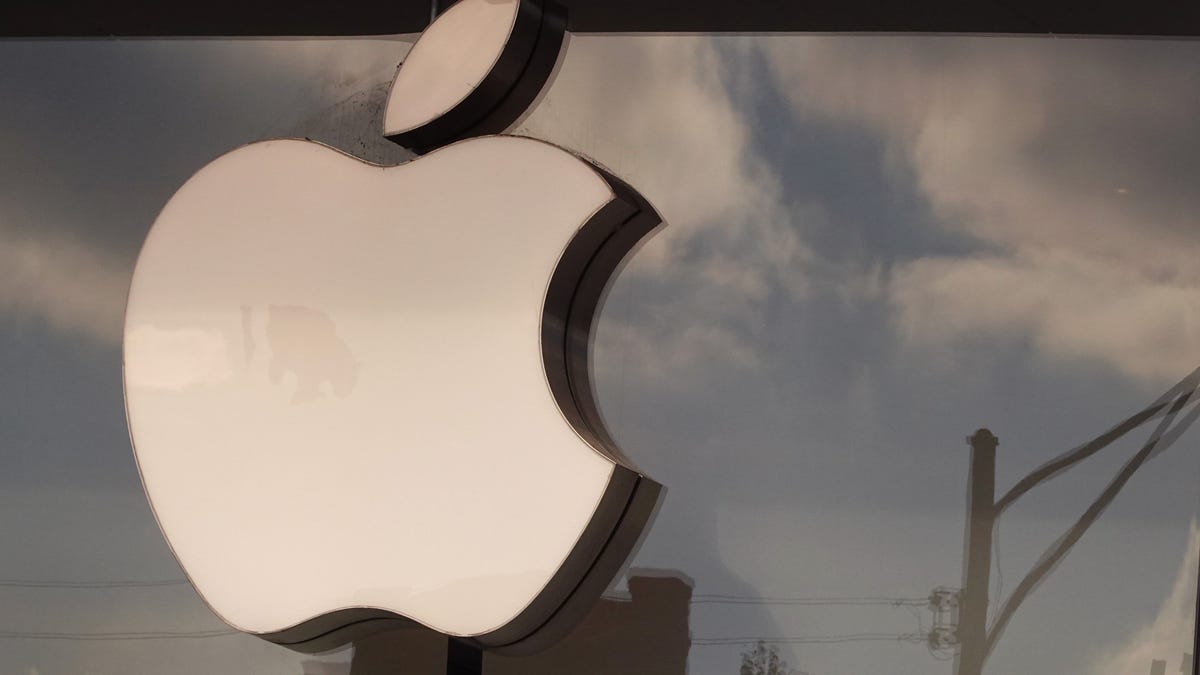





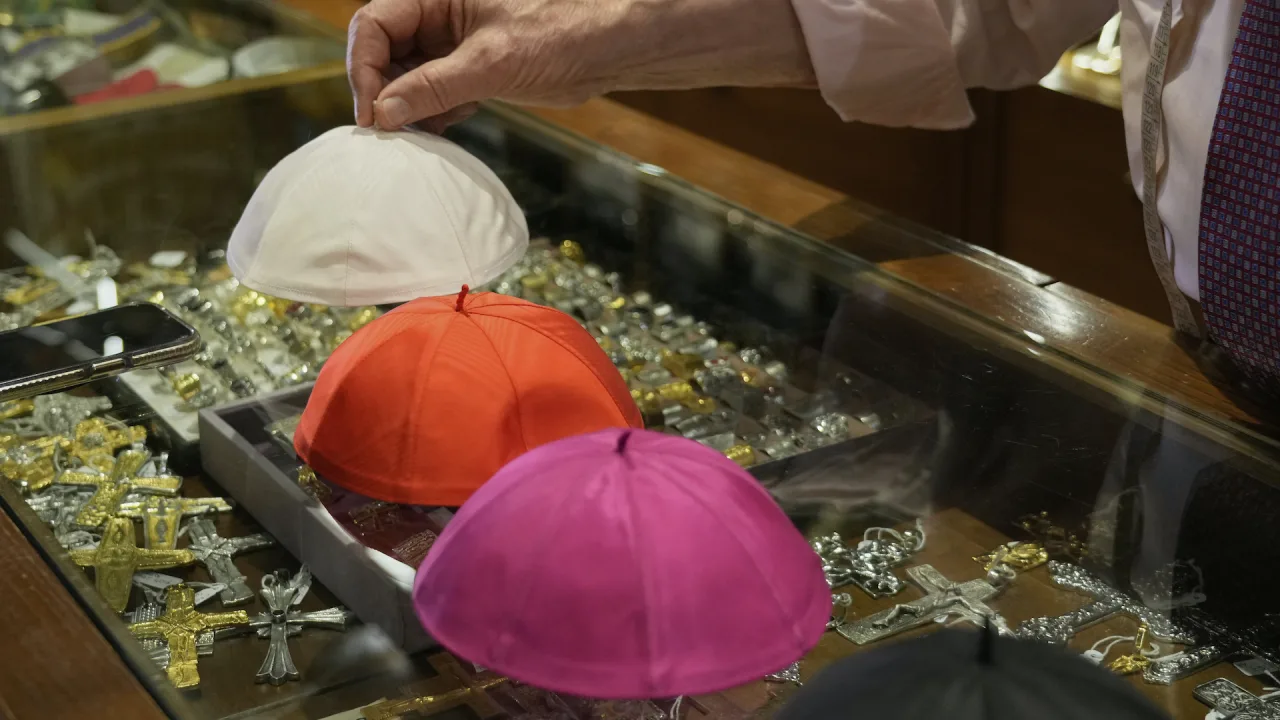

























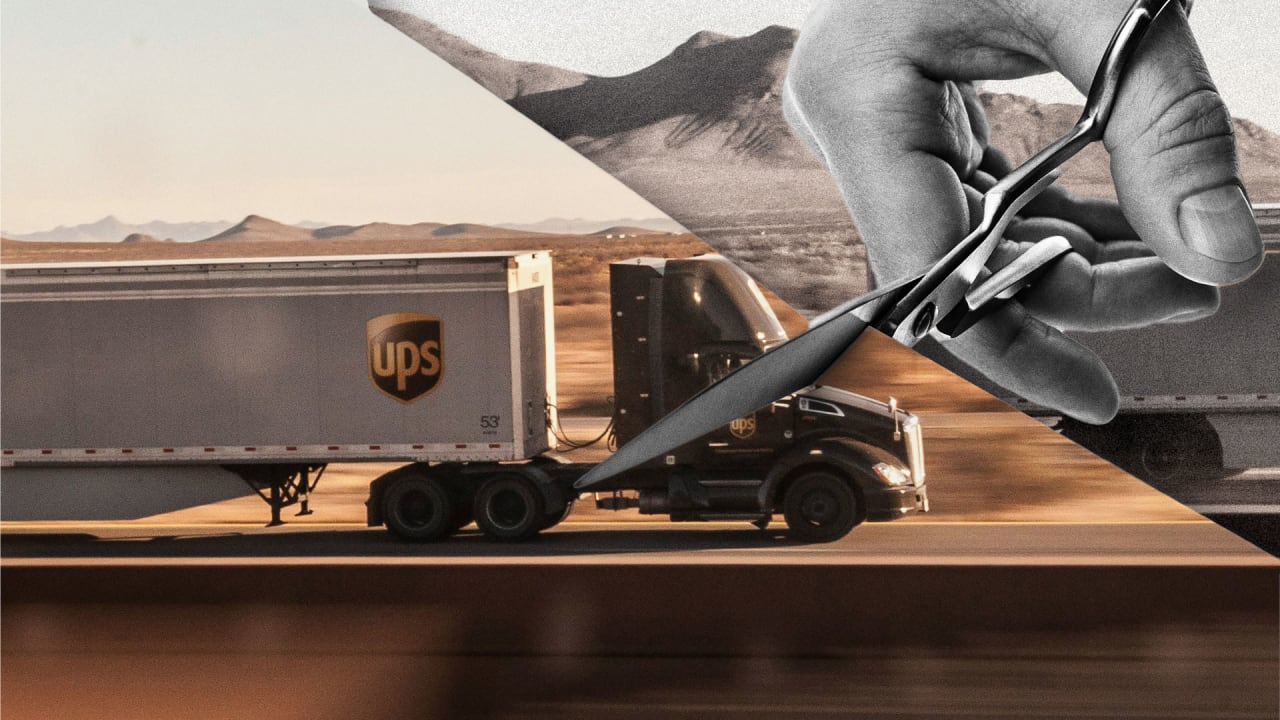





































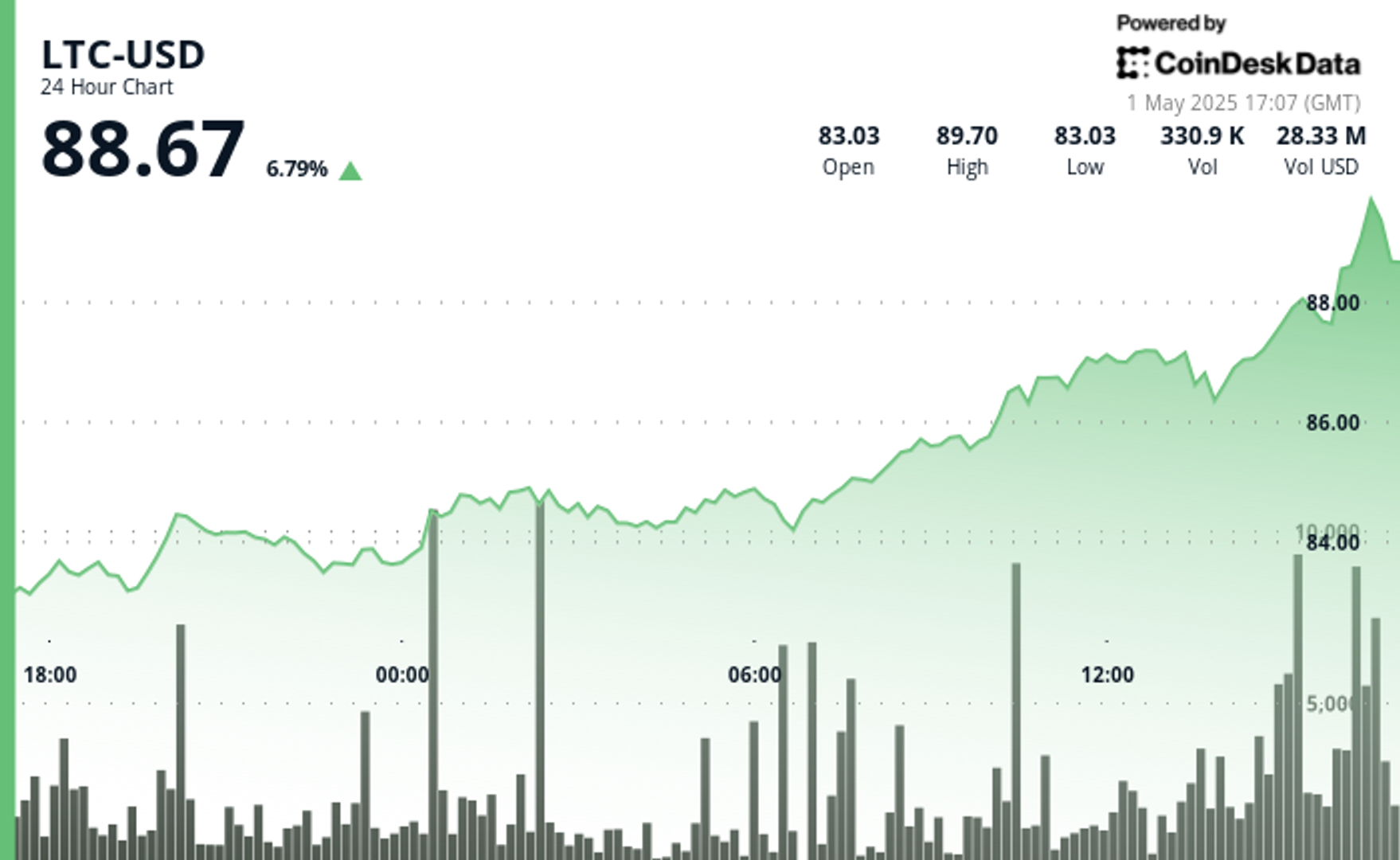























































_courtesy_VERTICAL.jpg)


















